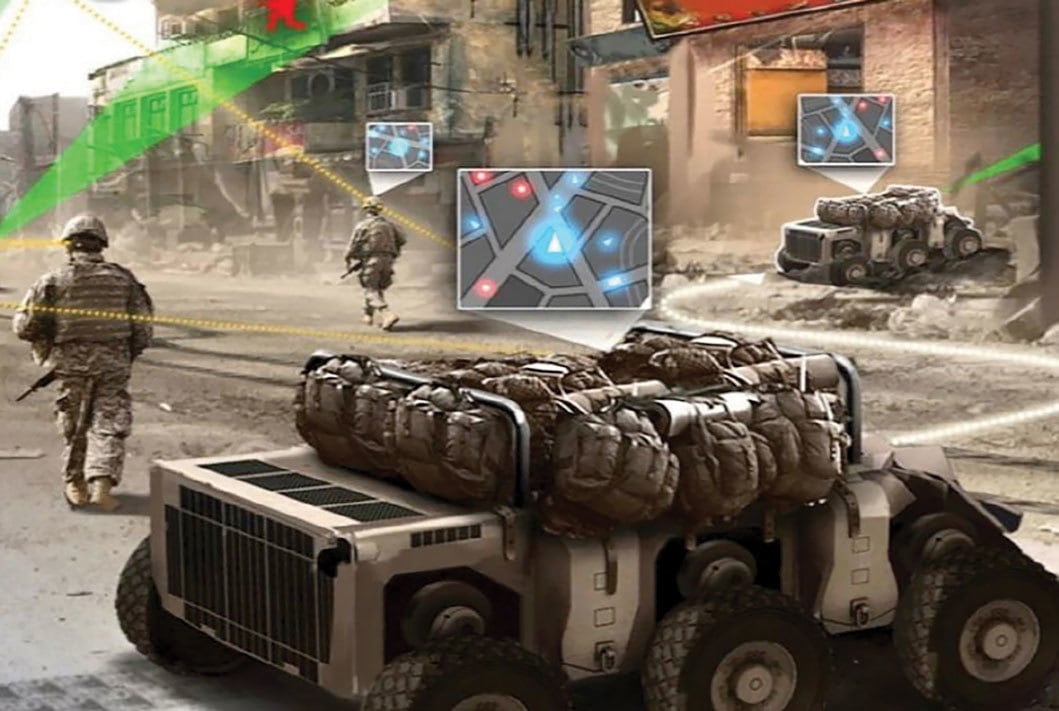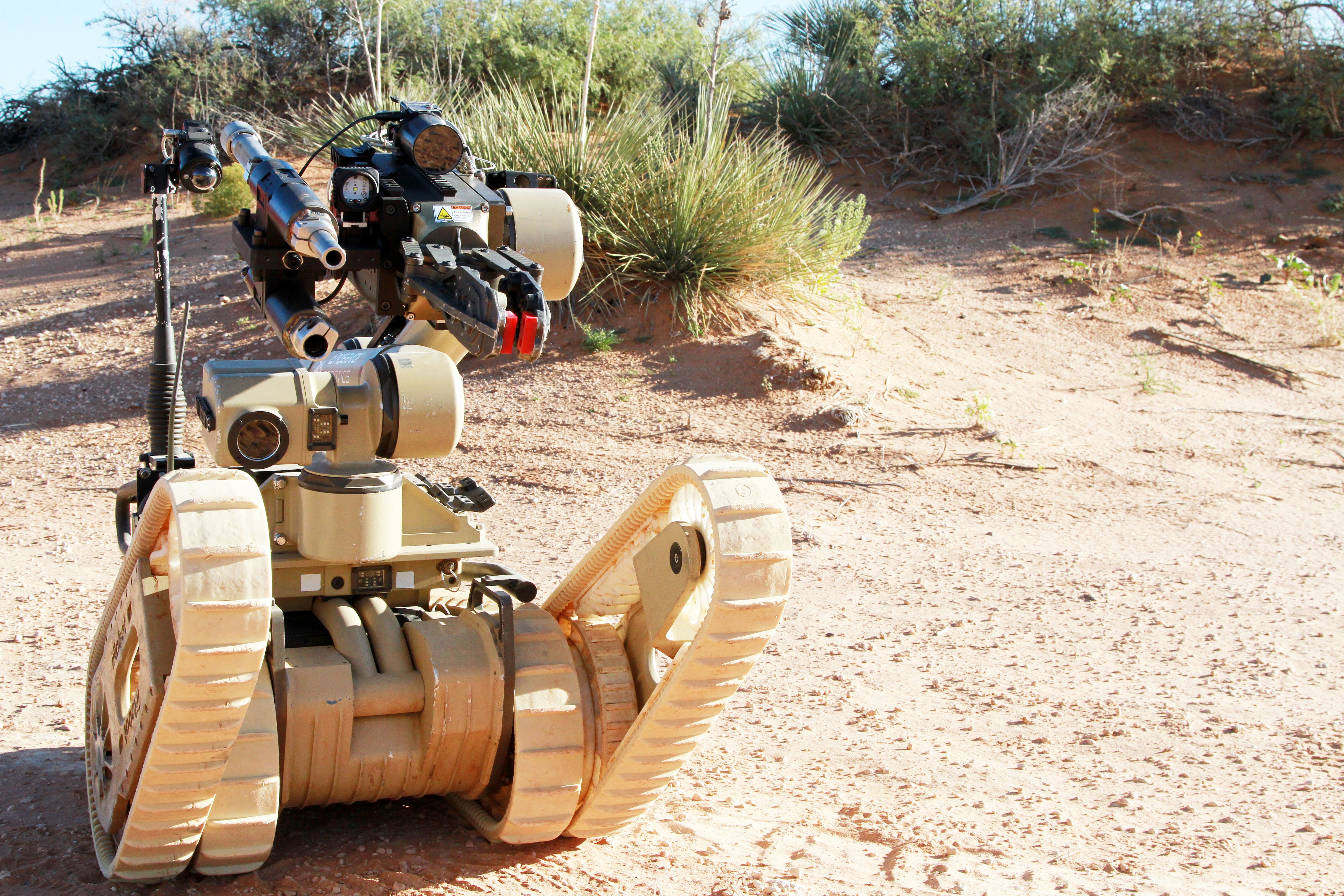The Army recently picked a couple of new robots to help troops in the field.
One is a new heavy robot designed to help bomb technicians and another “robotic mule” to carry a squad’s load on dismounted patrols.
Both are some of a larger effort to bring robotics technology into nearly every area of Army operations.
The Small Multipurpose Equipment Transport, formerly known as the Squad Multipurpose Equipment Transport, was selected in recent weeks following a process that began in 2017, according to an Army release.
The SMET, which will be produced by General Dynamic Land Systems, will include both unmanned and optionally manned capabilities with the capability of carrying 1,000 pounds, operating over a distance of 60 miles in a 72-hour period while also producing 3kw of power while stationary and 1kw while moving to charge or run equipment and batteries.
RELATED

The program is aimed at taking the burden off soldiers by carrying water, ammunition, batteries and other heavy items needed to sustain a squad in remote environments.
But, the platform can also be tailored to specific missions such as running remote weapons stations, casualty evacuation and launching unmanned aerial systems or conducting reconnaissance.
From November 2017 over the next 12 months, four company prototypes were evaluated by soldiers with the 10th Mountain Division at Fort Drum, New York and 101st Airborne Division at Fort Campbell, Kentucky and Marine units from Camp Lejeune, North Carolina.
The Common Robotic System – Heavy, or CRS-H, increases standoff for Explosive Ordnance Disposal soldiers with enhanced capabilities to detect, identify, access, render safe, exploit and dispose of heavy explosive ordnance, according to an Army release.
That “heavy” designation gives EOD techs more tools to deal with a wider range of options that go beyond Improvised Explosive Devices commonly encountered in recent years. It allows them to deal with vehicle-borne IEDs and Weapons of Mass Destruction items.
The CRS-H includes a camera, secure radios, radio relay to extent ranges in urban and complex terrain, a manipulator arm, cargo carrier rack and operational control unit.

The arm can lift more than 275 pounds near its chassis and 100 pounds when nearly fully extended. And the robot can move faster than 6 miles per hour, clear obstacles higher than 32 inches and run for 7 hours.
“We develop equipment for Soldiers to use in demanding situations, and there is no substitute for their perspective in operating the system - their input is of utmost value,” said Maj. James Alfaro, chief EOD capability developer, Sustainment Capability Development and Integration Directorate, Fort Leonard Wood, Missouri.
The Army ran soldier “touchpoints” in late 2018 at Fort Leonard Wood, in May and June 2019 at an urban training complex at Fort Hood, Texas.
At the end of those periods, the Army selected the FLIR Systems company to produce the robot, which a goal of acquiring 248 robots at a price tag of $109 million beginning deliveries in the coming summer.
Todd South has written about crime, courts, government and the military for multiple publications since 2004 and was named a 2014 Pulitzer finalist for a co-written project on witness intimidation. Todd is a Marine veteran of the Iraq War.





